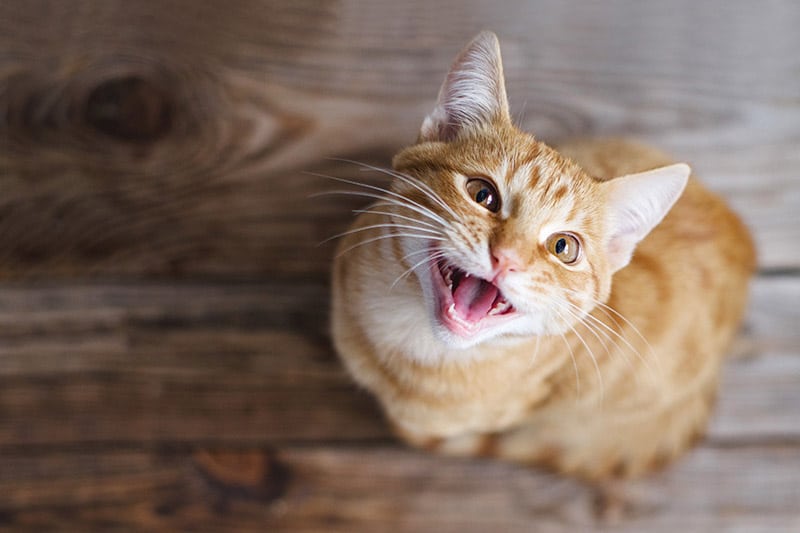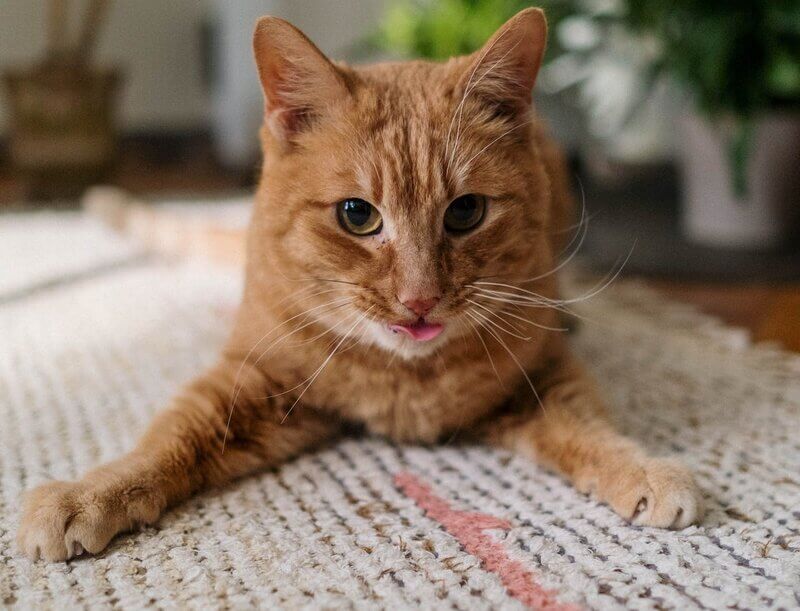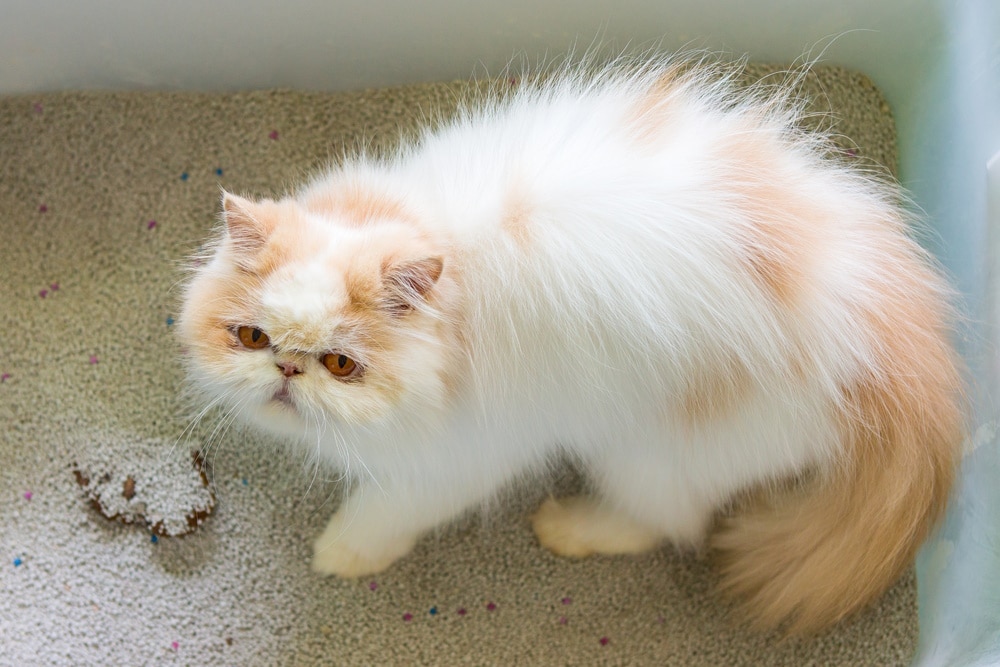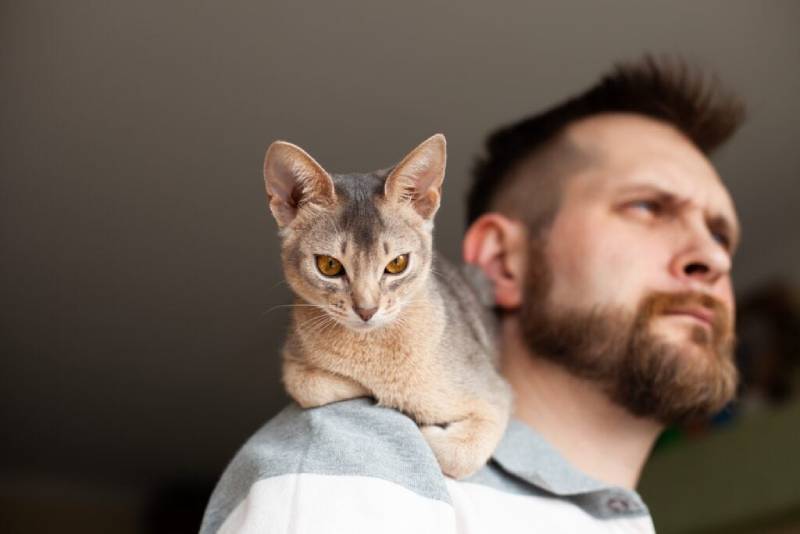Veterinarians are regularly asked how to deal with certain cat behavior problems, such as peeing outside the litter box, attacking people, chasing other cats, and destroying furniture. While health conditions can lead to some issues, problematic conduct is often an expression of instinctive feline behavior that comes out in ways that people don’t like. Below, you’ll find information about and tips for improving a few of the most common cat behavior issues.
The 9 Cat Behavior Problems Explained
1. Not Using the Litter Box
Not using the litter box is one of the most commonly reported behavioral issues and can have several causes. Cats sometimes avoid using litter boxes placed in locations they don’t like or when their restrooms aren’t sufficiently clean. They may also reject the size or type of litter box or even the type of litter.
Health issues such as urinary tract infections and kidney problems can also lead cats to pee outside their litter boxes. Because changes in litter box behavior can be related to health issues, it’s essential to have your cat checked out if they suddenly start going to the bathroom in inappropriate places.
How to Fix the Issue
Cats prefer their litter boxes to be placed far away from where they eat and in quiet, but accessible. locations. Keeping the litter box clean by scooping it out at least once a day is essential. Dumping all the used litter regularly and washing the box with soap and water is also important. Owners with multiple cats should have one litter box per cat plus one extra to ensure everyone can easily make it to the facilities.
Combating tough cat litter smells is an ongoing battle for pet parents but luckily, there are products out there designed to help! Two products that significantly reduce odors are the Hepper Litter Additive and the Hepper Enzyme Spray. Find out which is better suit to your needs with our breakdown of each product below. At Catster, we’ve admired Hepper for many years and decided to take a controlling ownership interest so that we could benefit from the outstanding designs of this cool cat company!
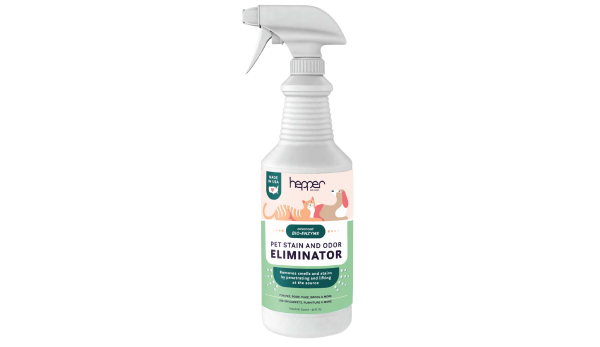
Hepper Advanced Bio-Enzyme Pet Stain & Odor Eliminator Spray
Hepper Advanced Bio-Enzyme Cat Litter Deodorizer Powder
Eliminates smells
Removes stains
Unscented
Light fresh scent
Works on multiple surfaces
Neutralizes odor within cat litter
2. Counter Surfing
Jumping on counters is a pretty common feline activity that has roots in two of their favorite activities: eating and hanging out in high places. Cats generally love to snack, and with their powerful sense of smell, they can easily sniff out food left on the counters.
They also like to relax in high places, such as cabinet tops and counters, and the locations allow them to keep an eye on what’s happening, which helps them feel at ease.
How to Fix the Issue
Putting food away and wiping down the counters is vital to keeping cats off them. Human food isn’t healthy for pets and can contain toxic ingredients. Providing your cat with alternate high places to hang out and making the options more attractive than counters often fixes the issue.
Cat trees and perches provide cats with elevated platforms to rest and play, and they’re more likely to avoid the counters if they have alternatives and there is no food out to entice them.
3. Biting and Attacking People
Cats sometimes demonstrate less-than-desirable behavior if overstimulated while being petted or playing. Many bite if they’ve had enough petting or they don’t like the spot they’re being petted, and their efforts to move on are thwarted.
Younger cats can become overenthusiastic when playing and engage in antics that cross the line into unwanted behavior, such as hiding behind objects and jumping out as people walk by.
How to Fix the Issue
Allowing cats to end interactions when they choose can prevent them from lashing out when being petted. Distracting cats before they switch into high gear is often enough to stop them from attacking and pouncing.
Not permitting them to hang out in places they like to launch attacks from helps nip the behavior in the bud. Noise interruptions can sometimes get cats to move on before they become aggressive; many cat parents find that clapping their hands is all that’s needed.
Punishment should be avoided since it can make cats fearful, potentially resulting in increased aggressive behavior.
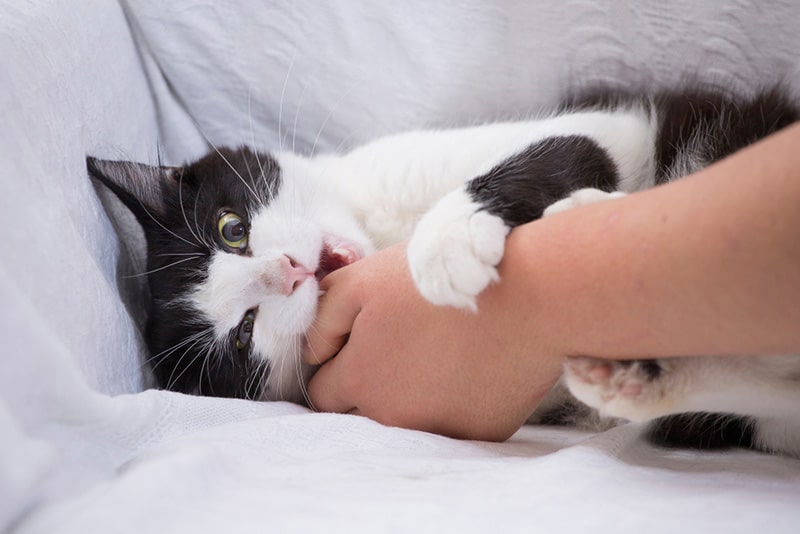
4. Attacking Other Cats
Cats can be triggered to lash out at other cats due to fear, territoriality, or to establish dominance in household hierarchies. When cats live together, aggression can occur due to competition over resources such as toys, prime napping places, food, and attention.
How to Fix the Issue
These problems arise when resident cats take umbrage at the arrival of new pets. Taking introductions slowly and allowing cats time to become comfortable with each other can improve the likelihood of peace and harmony.
Separating combatants and going through a slow reintroduction process sometimes helps. Providing sufficient water and food bowls, scratching posts, and toys are essential to avoid resource competition. Make sure to have one resource per cat and one extra to keep everyone happy. You may even consider giving each cat their own space that they can go to when they need it.
5. Destroying Furniture
Cats are notorious for destroying furniture and carpets while sharpening their claws. Scratching is a normal feline behavior cats use to mark their territory and leave information behind for other cats to pick up on. However, that doesn’t change the fact that most people prefer their felines to unleash their claws in places other than sofas and expensive upholstered chairs.
How to Fix the Issue
Cats will often stop scratching furniture if offered fun alternatives. Scratchers provide cats with textured surfaces to dig their claws into. Rope, carpet, and cardboard scratching posts are all available, and there are also horizontal and vertical models available. A little catnip sprinkled on the scratcher may convince stubborn cats to ignore the furniture when they need to stretch and scratch. Praise your kitty for using the scratcher rather than punishing them for scratching the couch.
6. Excessive Vocalization
Excessive vocalization can have multiple causes, including health problems like urinary tract conditions and kidney disease. It’s also frequently seen when cats are having difficulty hearing or seeing.
They can meow when they want to get their human’s attention to make requests like to be fed or to have the litter box cleaned. It can also be an indication that a cat is stressed or bored.
How to Fix the Issue
Cats who suddenly start meowing frequently should be seen by a veterinarian to rule out any potential medical problems, particularly if other indications of illness are present, such as lack of appetite or weight loss.
Keeping the litter box clean and establishing a daily feeding time can reduce the yowling and meowing. Cats who meow excessively due to stress often benefit from extra mental stimulation and increased exercise.
7. Yowling, Howling, and Trying to Escape
Unaltered male and female cats display hormone-driven behavior that owners often find challenging to deal with. Unspayed cats in heat frequently yowl, become more affectionate, and attempt to escape (to find mating opportunities).
Unneutered males can get into altercations with other felines and spray urine to mark their territory.
How to Fix the Issue
Spaying or neutering cats generally puts an end to several hormone-related behaviors, such as vocalizing and escape attempts, and the procedures have health benefits for cats as well. Spayed cats are largely protected from conditions such as pyometra, a painful uterine infection, and diseases such as breast cancer.
Neutered cats tend to be less aggressive than intact ones, which generally translates into fewer fights. While neutering cats curbs marking, some will continue to spray after the procedure.
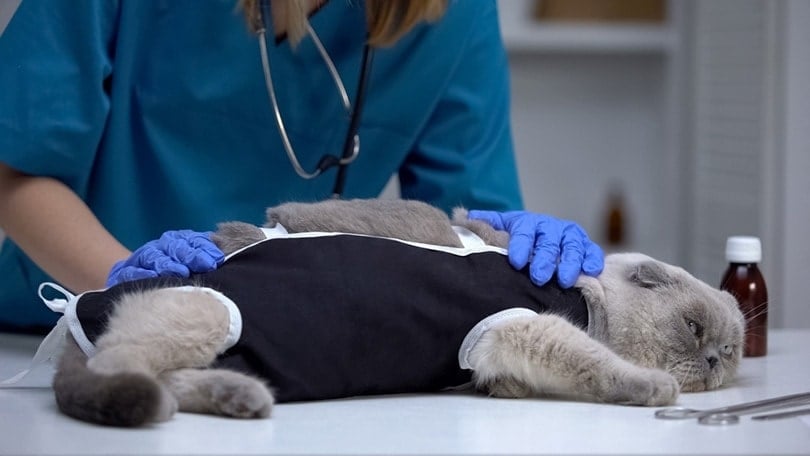
8. Excessive Grooming
Although medical conditions such as infections and allergies can cause cats to bite and lick themselves excessively, they can also do so out of boredom or stress. Cats that get carried away with grooming can lose fur and damage their skin, potentially leading to infections. Stressful events such as moving or the arrival of a new baby can also lead to the behavior.
How to Fix the Issue
Because overgrooming can be linked to medical conditions, it’s essential to have your cat checked out by a veterinarian. If they’re licking themselves out of boredom, they’ll benefit from access to several toys and mentally stimulating activities.
Puzzle feeders and interactive toys provide mental stimulation and exercise. Implementing and sticking to routines also helps cats feel comfortable, which can be useful in stress management.
9. Getting Wild at Night
Some cats don’t follow their owners to bed and instead spend the night playing and meowing. There’s an excellent reason why cats get revved up when the sun goes down. They’re crepuscular and are biologically programmed to be most active around dusk and dawn.
How To Fix the Issue
Tiring your cat out with a good workout and a pre-bedtime meal can minimize the wild nighttime antics. Increasing their overall physical activity levels sometimes prevents them from having pent-up energy to release in the middle of the night, and it’s also a great way to manage stress.Otherwise, you can provide your cat with toys or other forms of interaction to keep them entertained while you’re asleep.
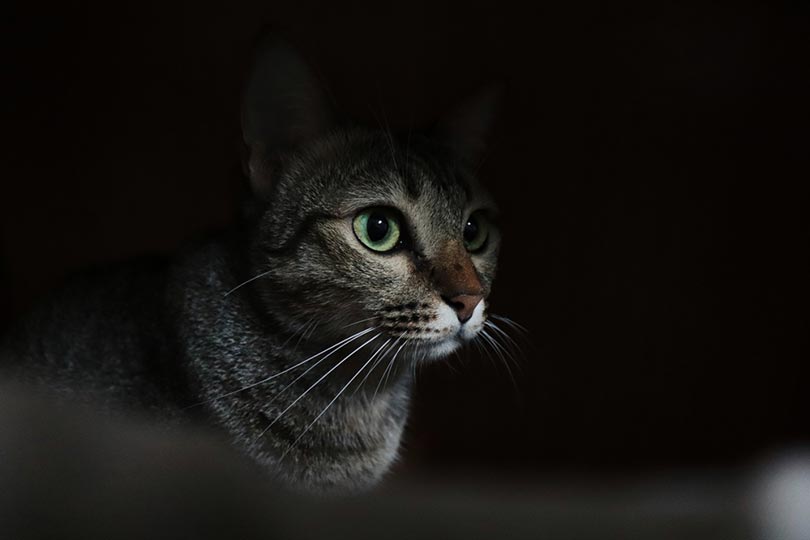
Conclusion
Cat conduct that’s considered problematic is frequently normal, natural, and instinctive behavior that’s expressed in ways humans find annoying. There’s no simple answer to the question of how to fix cat behavior problems. However, you should always reach out to your veterinarian if your cat exhibits concerning behavior. Providing your cat with an environment that keeps them comfortable and giving them fun ways to revel in instinctive behaviors, such as scratching and climbing, can reduce some of the most common issues.
Featured Image Credit: savitskaya iryna, Shutterstock

